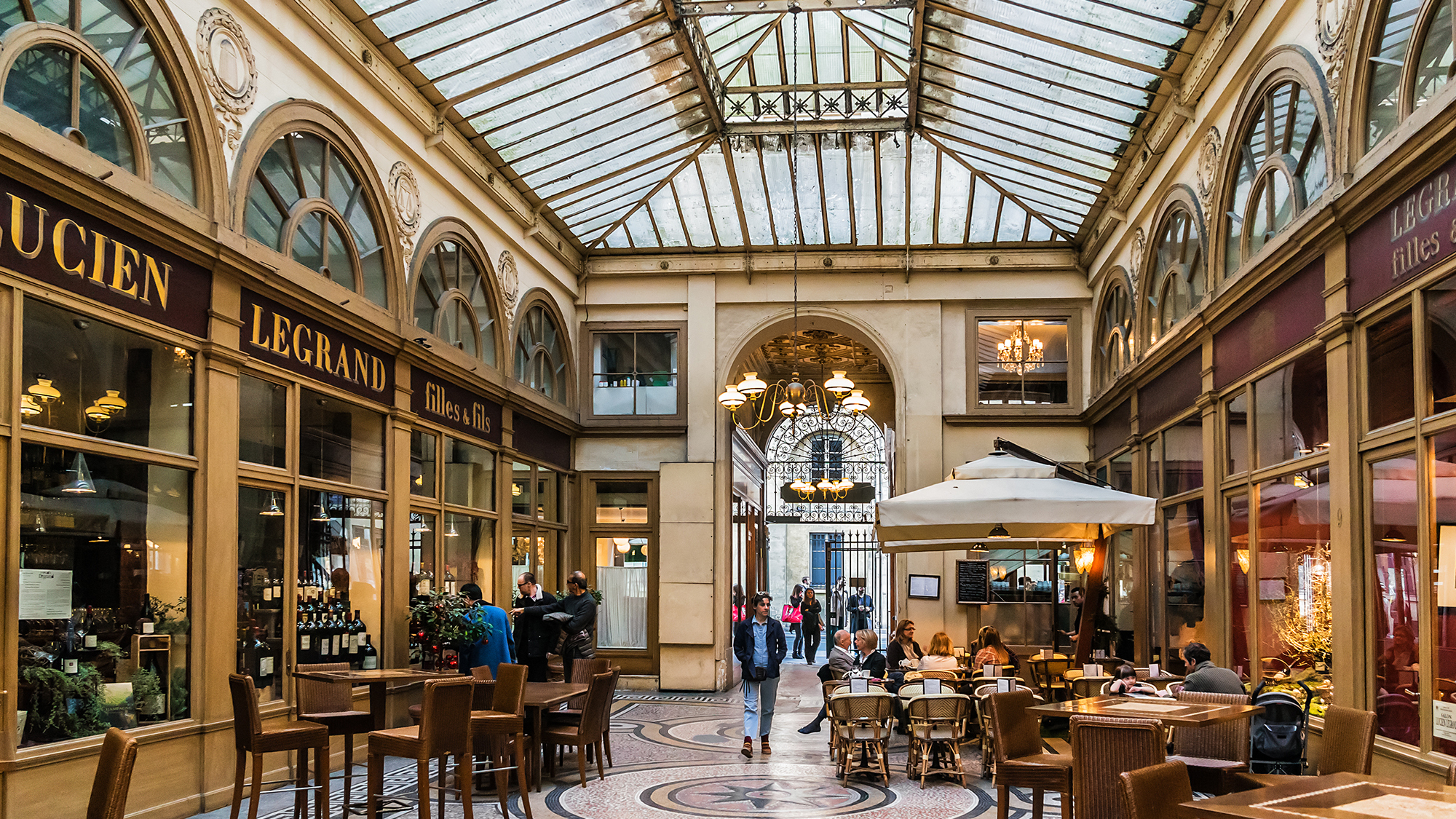Voir cette publication sur Instagram
2. Walking on tombstones
In the 4th arrondissement, at 26 rue Chanoinesse, behind a small door, there is a courtyard whose cobblestones are tombstones from monks, originating from former cemeteries related to religious buildings in the neighborhood.
Voir cette publication sur Instagram
3. The Galerie Vivienne in the heart of the Vidocq mystery
The Galerie Vivienne in the 2nd arrondissement of Paris has welcomed an illustrious occupant: Vidocq, a former prisoner, head of the unofficial "security brigade" of the Paris Police Prefecture, and founder of a private detective agency. The number 13 of the gallery hides a staircase and legend says that an underground passage connects the gallery to the gardens of the Palais-Royal.
Voir cette publication sur Instagram
4. The remains of the Bastille
The Square Henri Galli, located in the 4th arrondissement, houses the last stones of the Bastille, which was completely destroyed during the French Revolution. While it was believed that there were no longer any traces of the famous prison, a few remains of the foundations of the tower of liberty, one of the 8 towers that surrounded the fortress, were discovered thanks to the construction of the Parisian metro in 1899.
Voir cette publication sur Instagram
5. One of the oldest exterminators in Paris inspired Walt Disney
The most famous exterminator in Paris, located at 8, rue des Halles in the 1st district, actually exists since 1872. The stuffed rats and mice hanging in the showcase date back to 1925 and inspired the animated movie Ratatouille.
Voir cette publication sur Instagram
6. Oldest signboard in Paris
In the 5th arrondissement, at 42 rue Galande, we discover a stone bas-relief embedded in the facade dating back to the 14th century. This sculpture from 1380, representing Saint-Julien and his wife in a boat carrying Christ towards a chapel on the other bank, is considered the oldest signboard in Paris. The original bas-relief is located at the Louvre Museum.
7. No parking in the 18th century
At the intersection of rue Vide-Gousset and rue du Mail in the 2nd arrondissement, you can see some partially faded brown lettering dating back to the French Revolution.
Voir cette publication sur Instagram
8. In memory of Henri IV
In the 1st arrondissement at 11 rue de la Ferronnerie, you can observe the coat of arms of King Henri IV, represented by the coat of arms of the Kingdom of France (three fleur-de-lis) and the Kingdom of Navarre (golden chains). It is in this street that the first of the Bourbons was assassinated on May 14, 1610.
9. Drinking water from its source
One of the last artesian wells still in operation in Paris is located in front of the Piscine, rue du Moulin des Prés, in the 13th arrondissement, at Butte-aux-Cailles. You can drink water from the Parisian underground water table captured since 1863 and located 620m below the ground. This fountain is one of the three spring-fed fountains in the city. The other two are located at Square Lamartine in the 16th arrondissement and at Square de la Madone in the 18th.
10. Last mobility update
The latest general mobilization notice of World War I is still displayed at 1 rue Royale in the 8th district. Indeed, on August 1, 1914, the order for general mobilization was decreed in France and all French citizens subject to military obligations were then called to wear the uniform. Although the notice on rue Royale is no longer the original order, the protected copy in a blue frame (the same blue as the uniform of French soldiers during World War I) is identical.
